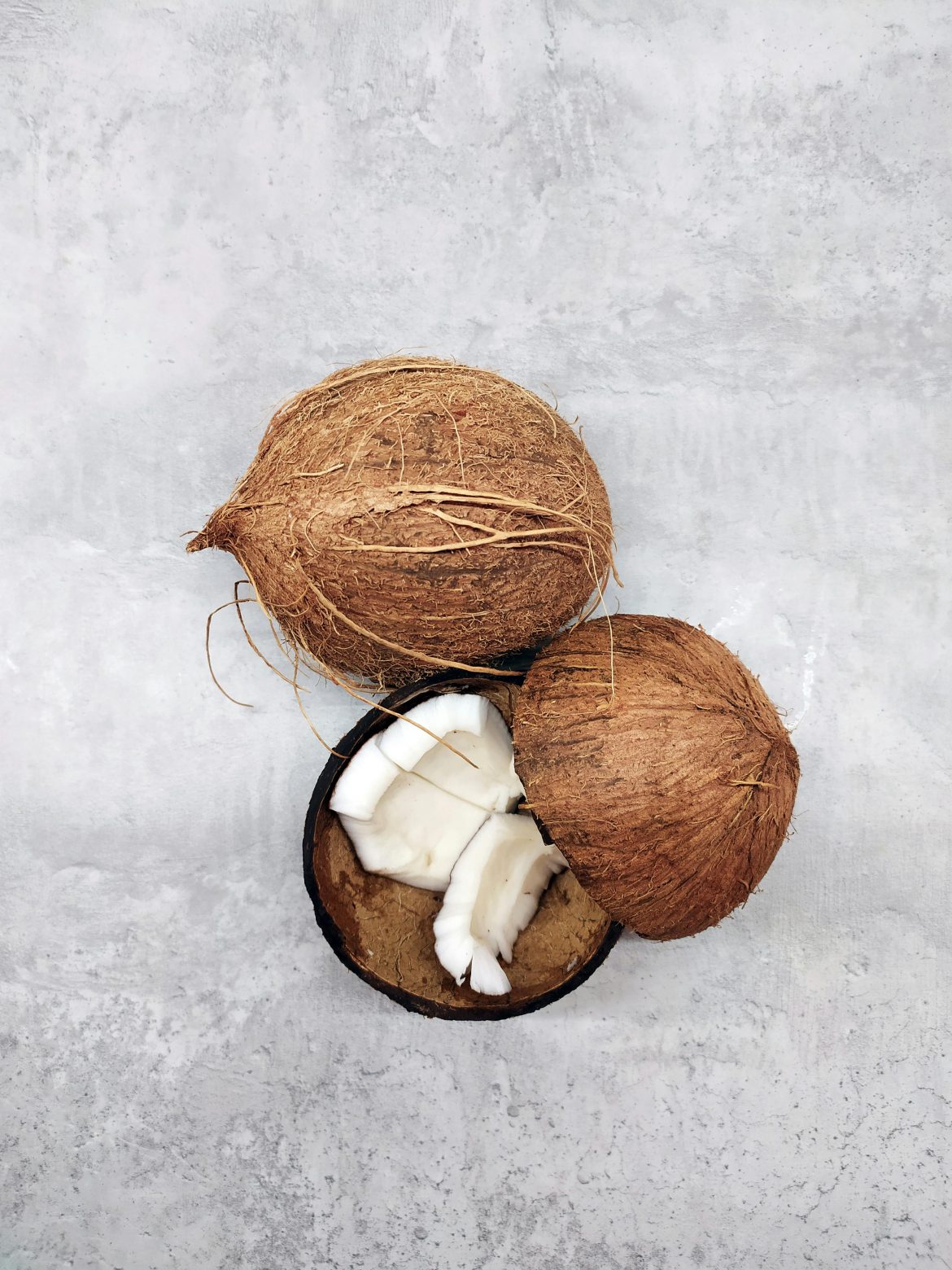Gardeners are increasingly turning to natural, sustainable alternatives to peat, and one of the most popular options is coconut coir. Once considered a waste product, coconut husks are now being transformed into a clean, earthy-smelling growing medium that has found its place in greenhouses, garden beds, and hydroponic systems across the globe.
ALSO SEE: Pros and cons of using rice water on your plants
Coconut coir (or coco coir) is made from the fibrous inner husk of coconuts. These fibres are washed, dried, and compressed into bricks or blocks that can be rehydrated with water. The result is a soft, sponge-like material that offers exceptional water retention and aeration. Biodegradable yet slow to break down, coir lasts longer than traditional peat and has a much smaller environmental footprint.
Why gardeners are making the switch to coco coir
One of the biggest draws of coconut coir is its versatility. It can be used on its own or mixed into existing soil, and it’s just as effective in outdoor beds as it is in indoor pots. With its neutral pH and natural resistance to pests, coir offers a clean, consistent growing medium that’s especially well suited for seedlings, houseplants, and vegetables.
Indoor gardeners often prefer coco coir over peat-based composts, as it holds water better without compacting, helping roots breathe and grow freely. It’s also ideal for climates where soil dries out quickly or becomes compacted, making it a practical, planet-friendly solution for all types of gardens.
Improves soil structure and aeration
Whether you’re dealing with heavy clay or loose sandy soil, coconut coir can make a measurable difference. In clay soil, it loosens up dense, compacted areas to improve drainage and root access. In sandy soil, it acts like a sponge, holding onto moisture and nutrients that would otherwise wash away.
By mixing coir into your soil, you create a lighter, more aerated structure that encourages deeper root systems and healthier plant growth.
Boosts water retention and drainage
Coconut coir is prized for its ability to retain water while still allowing excess moisture to drain away. This balance helps to reduce overwatering, prevent root rot, and ensure that plants get a steady supply of moisture, even in hot, dry weather. For gardeners in drought-prone areas, using coco coir can reduce how often you need to water.
This water-holding capacity also makes it an ideal addition to sandy soil, where nutrients and moisture tend to leak quickly. By blending coir into your beds or containers, you can help your plants stay consistently hydrated and better equipped to cope with fluctuations in weather.
A sustainable potting mix alternative
Thanks to its moisture retention, aeration, and lightweight texture, coconut coir makes an excellent potting mix for container gardens. Whether you’re growing herbs on a windowsill or ornamental plants on a balcony, coir helps maintain the ideal environment for root health.
It’s often sold as part of ready-made potting mixes or can be combined with compost, perlite, or worm castings for a tailored blend suited to your plant’s specific needs.
Useful in hydroponics and aquaponics systems
Coconut coir is also gaining popularity among soilless growers. In hydroponics and aquaponics setups, where traditional soil is replaced by nutrient-rich water, coir provides a supportive base for roots while holding onto moisture and nutrients. Its fine, fibrous structure allows it to deliver consistent hydration and oxygen to plants, making it one of the most reliable substrates for these systems.
Eco-friendly, effective, and easy to use
From its ability to improve soil health to its role in cutting-edge hydroponic gardens, coconut coir has become an indispensable tool for modern gardeners. It’s sustainable, renewable, and far less damaging to peatlands than traditional composts.
Whether you’re looking to enhance your garden beds, boost your houseplants, or explore water-wise gardening techniques, coconut coir offers a cleaner, greener path to healthy plant growth—and a more sustainable way to garden.
ALSO SEE:
Featured Image: Pexels
A version of this article was first written by Thimna Matika for Garden&Home.

